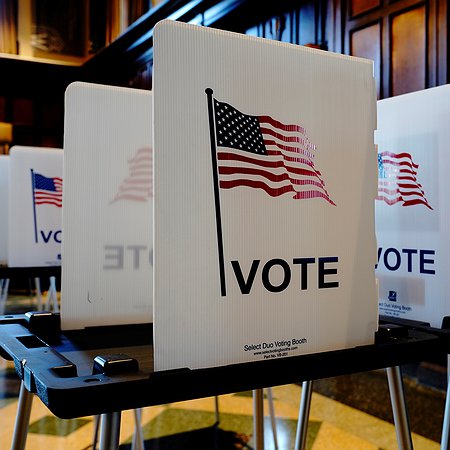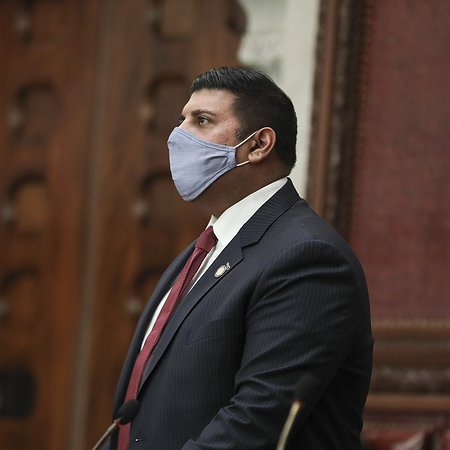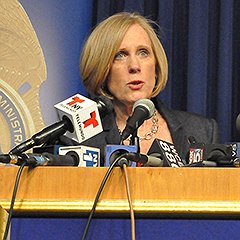Former NY Judge Admits Colleagues Violated Law, Misrepresents Bail Reform
A former judge in Western New York described how judges routinely violated the statutory purpose of bail and misrepresented the bail reform law. Larson also showed a callous disregard for the harms of pretrial incarceration and fearmongered about rearrests.
The Briefing

A former judge in Western New York described how judges routinely violated the statutory purpose of bail and misrepresented the bail reform law in an opinion piece published in The Post-Journal. In his piece criticizing bail reform, Larson also showed a callous disregard for the harms of pretrial incarceration and fearmongered about rearrests.
Judges routinely violated the statutory purpose of bail
The law about bail in New York has been clear for decades – bail is meant to ensure a person’s appearance in court. But Larson, drawing on his experience on the bench, stated that when judges subjectively perceived someone to be a threat to the community, they would set bail “in the guise of concern over the defendant showing up in court.” Larson is admitting that judges regularly violated the statutory purpose of bail in New York. Admissions like Larson’s are exactly why the state legislature took discretion away from judges in low-level and non-violent cases. To advocate for increased judicial discretion in these cases is to advocate for arbitrary, widespread pretrial caging.
Pretrial incarceration exacerbates crime's driving factors
Larson displays a shocking lack of awareness regarding the harms of pretrial detention. He states that because many people he encountered while on the bench were allegedly young, unemployed and in unstable family situations, setting unaffordable bail and keeping people in jail did not have an impact on their lives. This is dangerously false.
Pretrial detention exacerbates crime’s driving factors. It is deadly, dehumanizing, and increases the likelihood of future arrests. In the world opponents of bail reform advocate for, judges like Larson would have more discretion to detain people pretrial.
The former judge fearmongered about rearrests, stating that people released after an arrest “are back on the streets creating more chaos” without offering any proof to back up his assertions. The reality is that rearrests for violent allegations are exceptionally rare, and a large majority of people who are released pretrial are never rearrested.
Bail reform only affected some low-level and non-violent offenses
Larson also misrepresented the bail law. First, Larson misstated the date that bail reform went into effect – the law was enacted in January 2020, not April 2019. Then, Larson falsely claimed that the 2019 legislation eliminated all judicial discretion to set bail. In reality, the law made certain low-level and nonviolent charges ineligible for bail, but bail can still be set on those charges if certain criteria are met, criteria that were expanded since bail reform’s enactment. An example is the harm-plus-harm provision which allows judges to set bail if a person arrested for a crime that may not be bail eligible is arrested again while free pre-trial and accused of any crime that involves harm to a person or property. For charges that are bail eligible, judges have the ability to evaluate a range of factors before deciding whether bail is necessary to ensure a person’s appearance in court.
Larson concluded his piece by arguing that bail reform would be unnecessary if the New York Court System had only dismissed biased judges. But the opinions expressed by Larson in his commentary exemplify exactly why legislators decided to enact bail reform and take discretion out of the hands of judges like Larson.
Story Link
Larson's commentary in the Post-Journal








